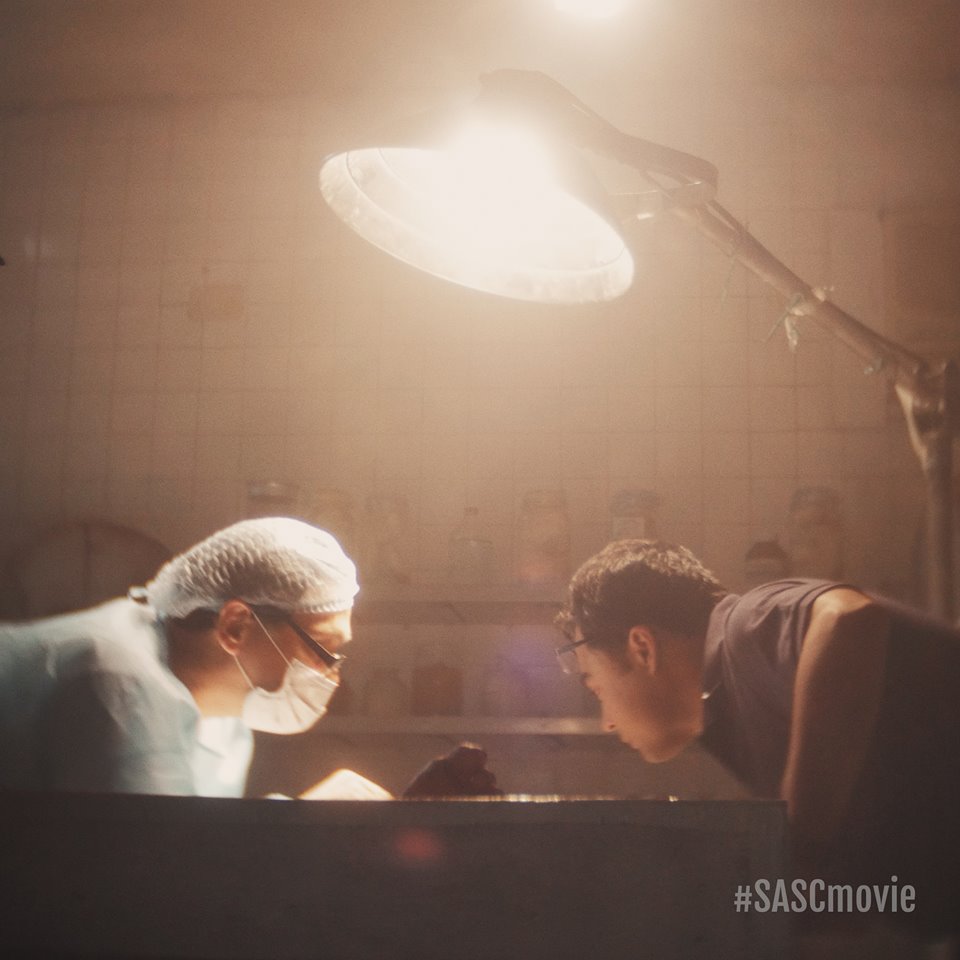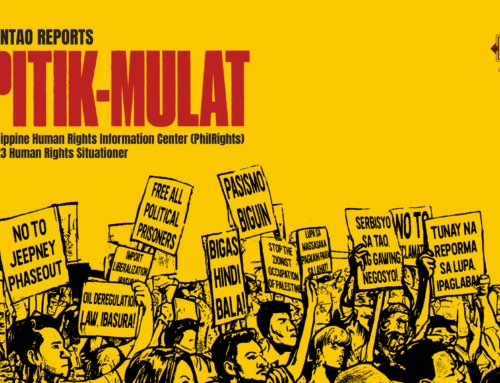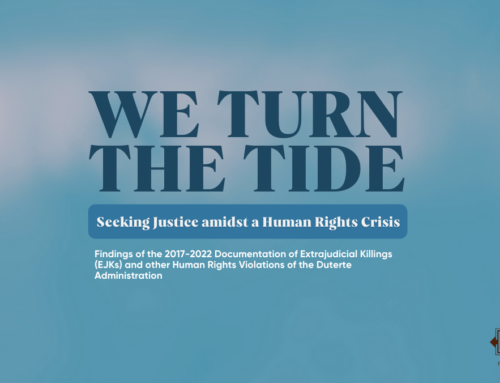By Mateo P. Garcia
Warning: Some spoilers ahead.
We are led to think that a film’s real power lies in its ability to unbind the viewer from the tyranny of their immediate time and place. Great films grant us a chance to visit worlds and timescales that are either now gone or have yet to be realized, if at all. What Raya Martin’s Smaller and Smaller Circles achieves is the exact opposite—it grounds you, the viewer, to a world so real and so specific that it hurts. Welcome to Manila/Hell.
Is the film a crime story? Is it about two crusading priests pushing against administrative and personality politics to solve a mystery? Is it about religion? Is it about that grand artistic concern for the human condition? To say yes to any or all of these questions wouldn’t necessarily be wrong, but it also feels incomplete, unfair even.
Looking past the plot mechanics—and there’s an almost elliptical approach to plot progression at work here—there is also a palpable sense of daring in its thematic ambitions. Much of the credit should of course go to the source material. Novelist F.H. Batacan wrote what is often dubbed the first Filipino crime novel, acclaimed critically and influential within and outside of its genre. The film manages, despite the durational limitations of the medium, to transport Batacan’s words into living and breathing and dying images, pulsating with menace.
We see Manila as we’ve always known it. Gritty, grimy, and often rain-soaked, its nighttime streets offer ample opportunity for creating a crawling sense of dread. Explicit images are few and far between but they sting, not because of what we see but of what they remind us. Dead children from poor communities, depersonalized, faceless, ignored. This isn’t Manila in the late 90s; this is Manila now, and this is Manila as it has always been.
Layers of stories and perspectives soon emerge. We witness snapshots of Philippine institutions and how the people that run them constantly refuse to see what should be apparent. Injustice breeds injustice. Evil begets evil.
Floating over everything is a heavy presence: the killer, heard before he is seen. The killer, whose handiwork both repel and attract our protagonists, is initially less a human being than an elemental force, wreaking havoc. It’s not exactly a cat-and-mouse game either; there is no simple moral mathematics at play here, thankfully. We are pulled in by our protagonists’ search for answers, and whatever salaciousness that would be inescapable given the genre is immediately reined in by a disciplined directorial hand.
The investigation leads to a reckoning that is shocking in its restraint and melancholy. Silence, shadows, and an air of inevitability hang over the film’s climax. This is by design. By the end, we recognize the killer and we understand that his actions are rooted not in moral frailty but in an old evil: impunity.
What the film ends up becoming is a textured, if muted, examination of wrongdoing, of acts of evil borne through commission and omission. There is anger in its portrayal of institutions and the many ways the people trapped by these institutions fight to get what they want.
Practically all characters are seen chafing against these institutions that have engulfed them, if not ignored them entirely. There is the local politician whose populist actions inadvertently caused the carnage. The intrepid reporter who struggles with the murky weight of the stories she is telling but proceeds to package them in TV-friendly snippets anyway. There’s the monsignor who loves the institution he belongs to more than the people he purports to serve. And then we have our two protagonists: Father Gus and Father Jerome who know more than they care to, and who care more than they know.
These are women and men molded by the actions they take and do not take, the consequences of which propel the film toward its ultimate point. Given enough time and with forgetfulness, evil will recur.
In one memorable scene, a character asks Fr. Gus: “Is God a sadist?” The viewer will most likely try to shore up an answer. But Fr. Gus gives us the best possible response: Man often is.
Photo courtesy of Smaller and Smaller Circles Facebook page.








